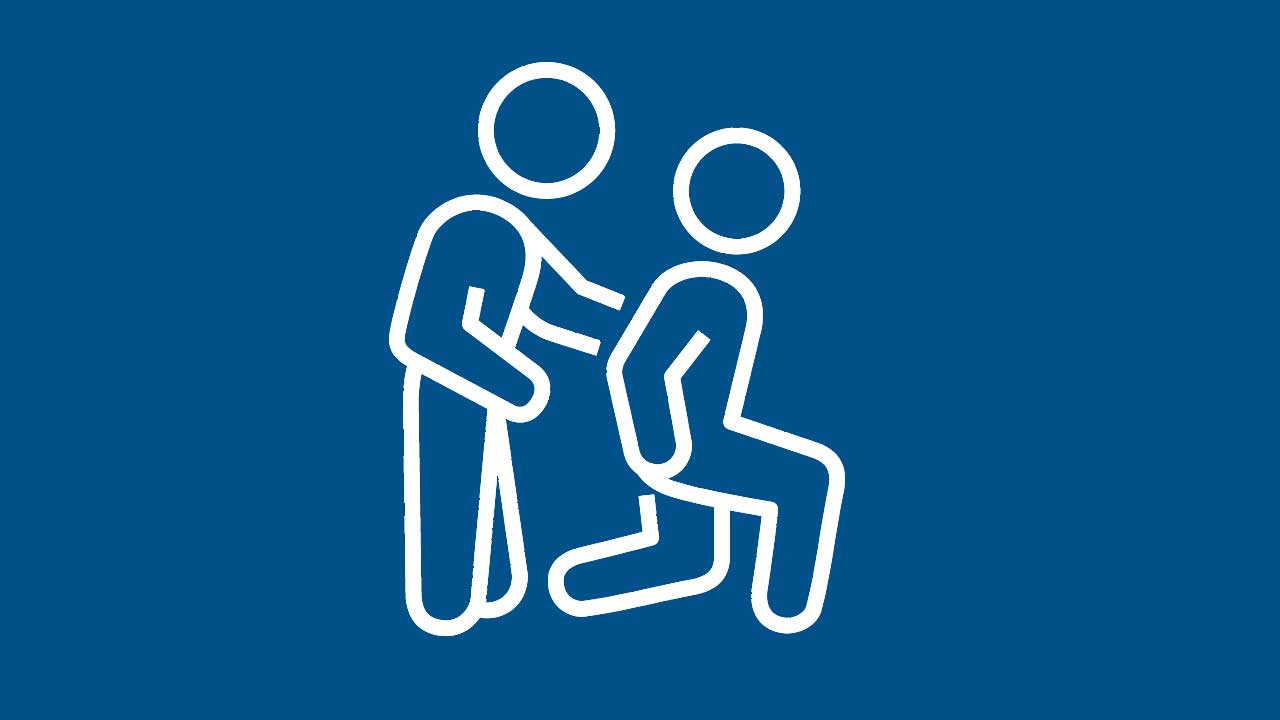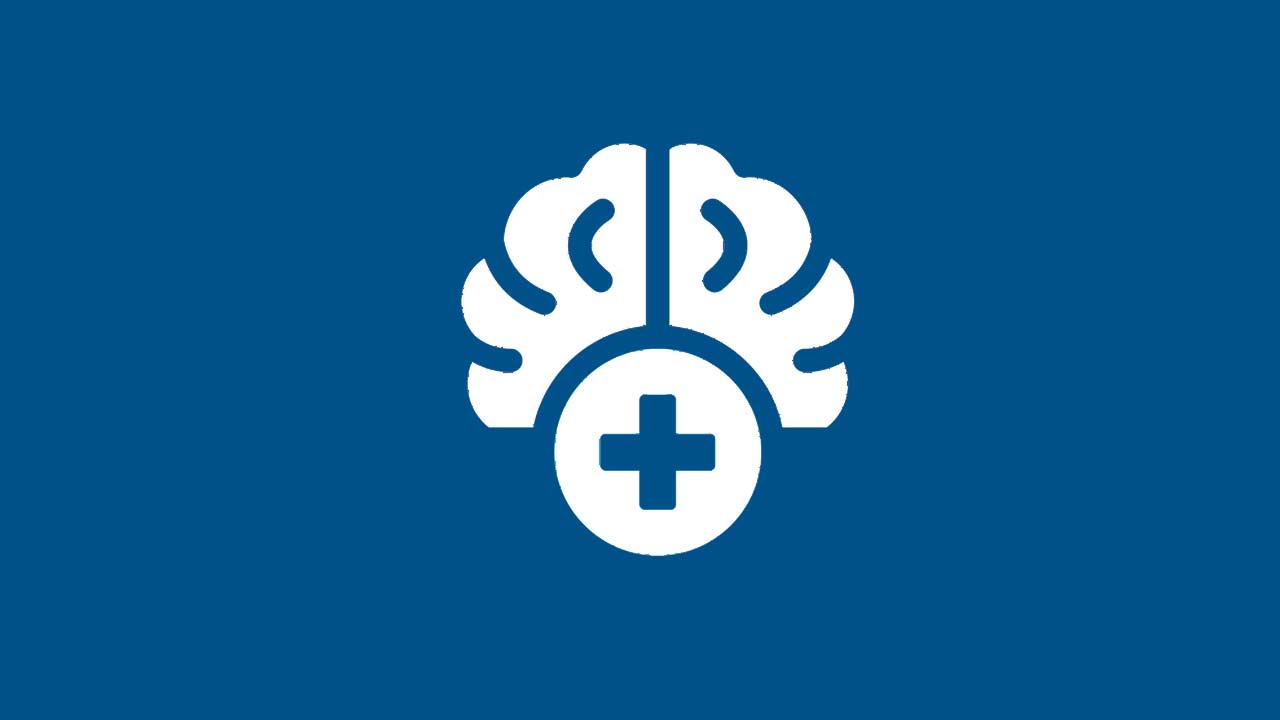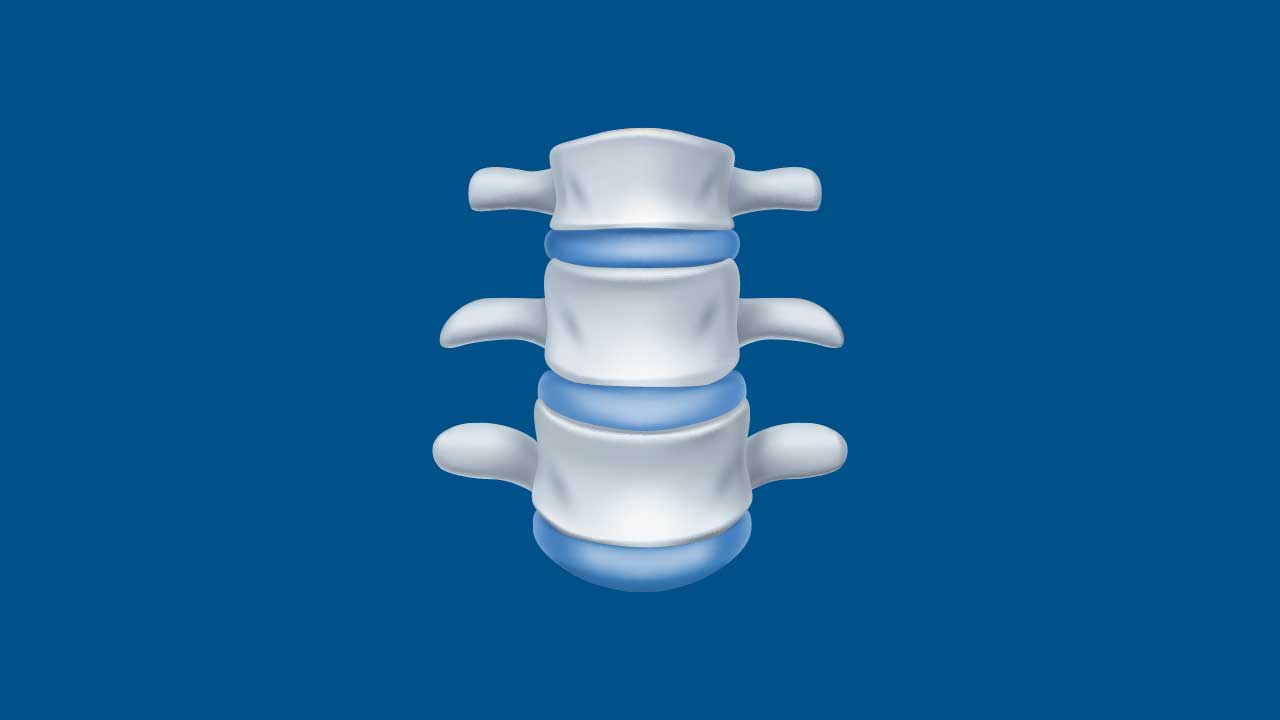Spinal Tumors
Spinal Tumors: Causes, Symptoms, and Treatment Options
Spinal tumors are abnormal growths that develop within or near the spinal cord and vertebrae. They can be benign (non-cancerous) or malignant (cancerous), potentially causing pain, neurological deficits, and even structural damage to the spine. Although relatively rare, prompt recognition and treatment of spinal tumors are essential to prevent permanent nerve damage.
Understanding Spinal Tumors
Spinal tumors may originate in the spine (primary tumors) or spread from other parts of the body (metastatic tumors). They can be categorized by their location:
- Intramedullary Tumors: Within the spinal cord tissue itself.
- Intradural-Extramedullary Tumors: Within the dura (protective membrane) but outside the spinal cord.
- Extradural Tumors: Located outside the dura, often involving vertebrae or surrounding tissues.
Causes and Risk Factors
- Genetic Conditions
Certain hereditary syndromes (e.g., Neurofibromatosis) increase the likelihood of spinal tumors. - Metastases
Cancers from the lungs, breasts, prostate, or kidneys may spread to the spine. - Immune System Issues
Individuals with compromised immunity may have a higher risk of certain cancers. - Radiation Exposure
A history of high-dose radiation therapy to the spinal region may elevate the risk of tumor development.
Common Symptoms
- Back or Neck Pain: Persistent, sometimes severe pain that worsens at night or with activity.
- Neurological Changes: Numbness, tingling, or weakness in the arms or legs.
- Balance or Coordination Problems: If the spinal cord is compressed, walking or fine motor skills may be affected.
- Loss of Bowel or Bladder Control: In severe cases, pressure on nerve pathways can impact continence.
Diagnosis
- Clinical Evaluation
A neurologic exam to assess muscle strength, sensory function, and reflexes. - Imaging Studies
MRI: The best imaging modality for identifying tumors and their relationship to spinal cord and nerves.
CT Scan: Provides detailed views of bony structures; may be used with myelography. - Biopsy
A sample of the tumor may be obtained surgically or via a needle to confirm type and malignancy.
Treatment Options
- Observation (Watchful Waiting)
Small, asymptomatic tumors may be monitored with periodic imaging if they are benign or slow-growing. - Surgical Resection
Removal of part or all of the tumor can relieve pressure on the spinal cord or nerves.
Decompression and Spinal Stabilization may be performed if vertebral integrity is compromised. - Radiation Therapy
High-energy beams target and shrink tumors, often used after surgery or when surgery is not feasible. - Chemotherapy
Medications that kill or slow the growth of cancer cells, commonly used for metastatic or certain primary malignancies. - Steroids
High-dose corticosteroids can reduce inflammation and swelling around the spinal cord.
Recovery and Rehabilitation
- Post-Treatment Care: Pain management, monitoring for tumor regrowth, and preventing complications like infection.
- Physical Therapy: Exercises to regain mobility, strength, and coordination if neurological deficits were present.
- Long-Term Monitoring: Regular imaging to detect any recurrence or changes in residual tumor tissue.
Our Multi-Disciplinary Approach in NYC
Our multi-location, multi-disciplinary medical practice in the New York City metro area combines neurosurgery, oncology, radiation therapy, and rehabilitation under one roof. This integrated model ensures that patients with spinal tumors receive coordinated, expert care at every stage—from diagnosis through recovery.
Additional Resources
Disclaimer


















